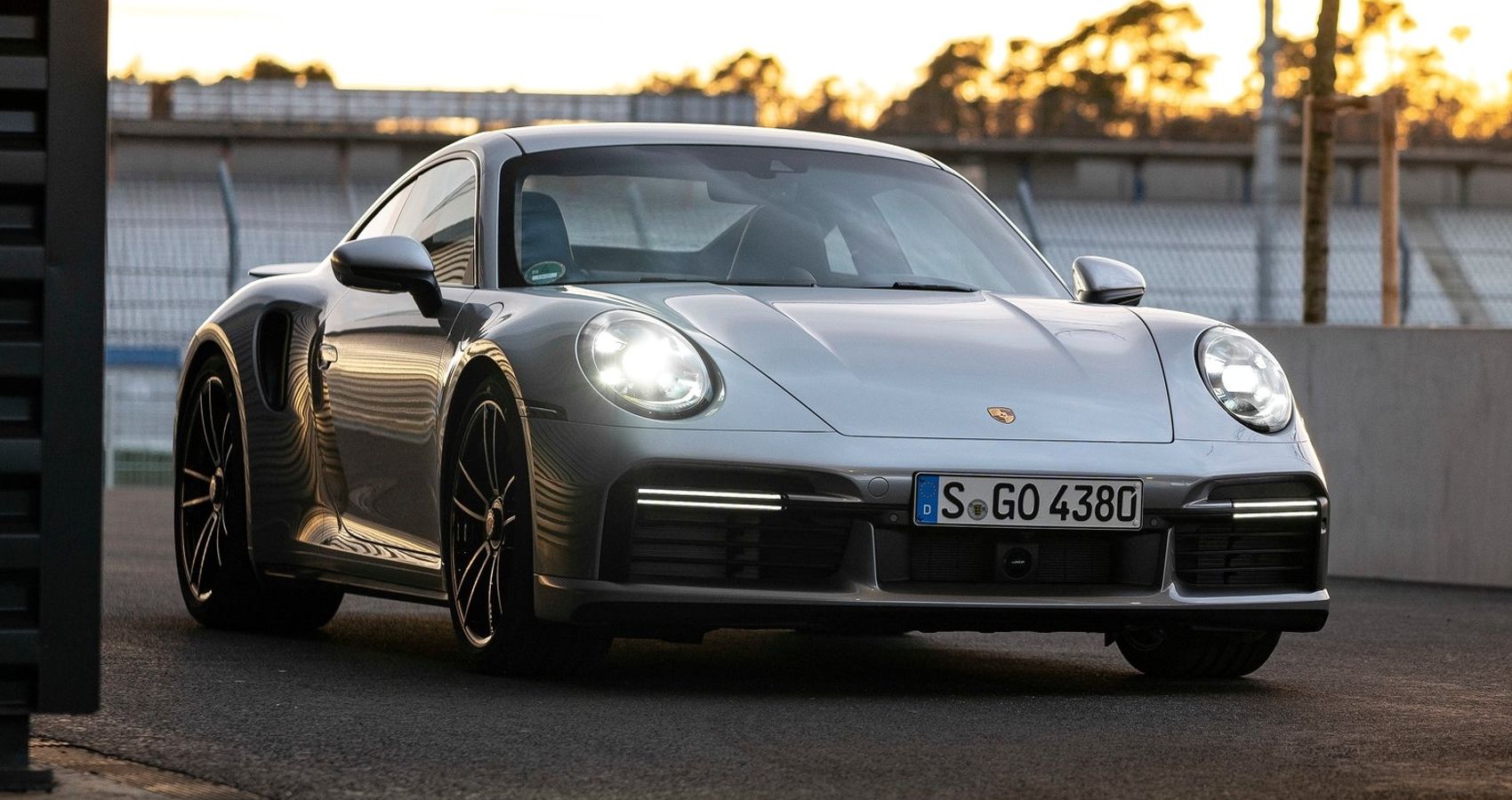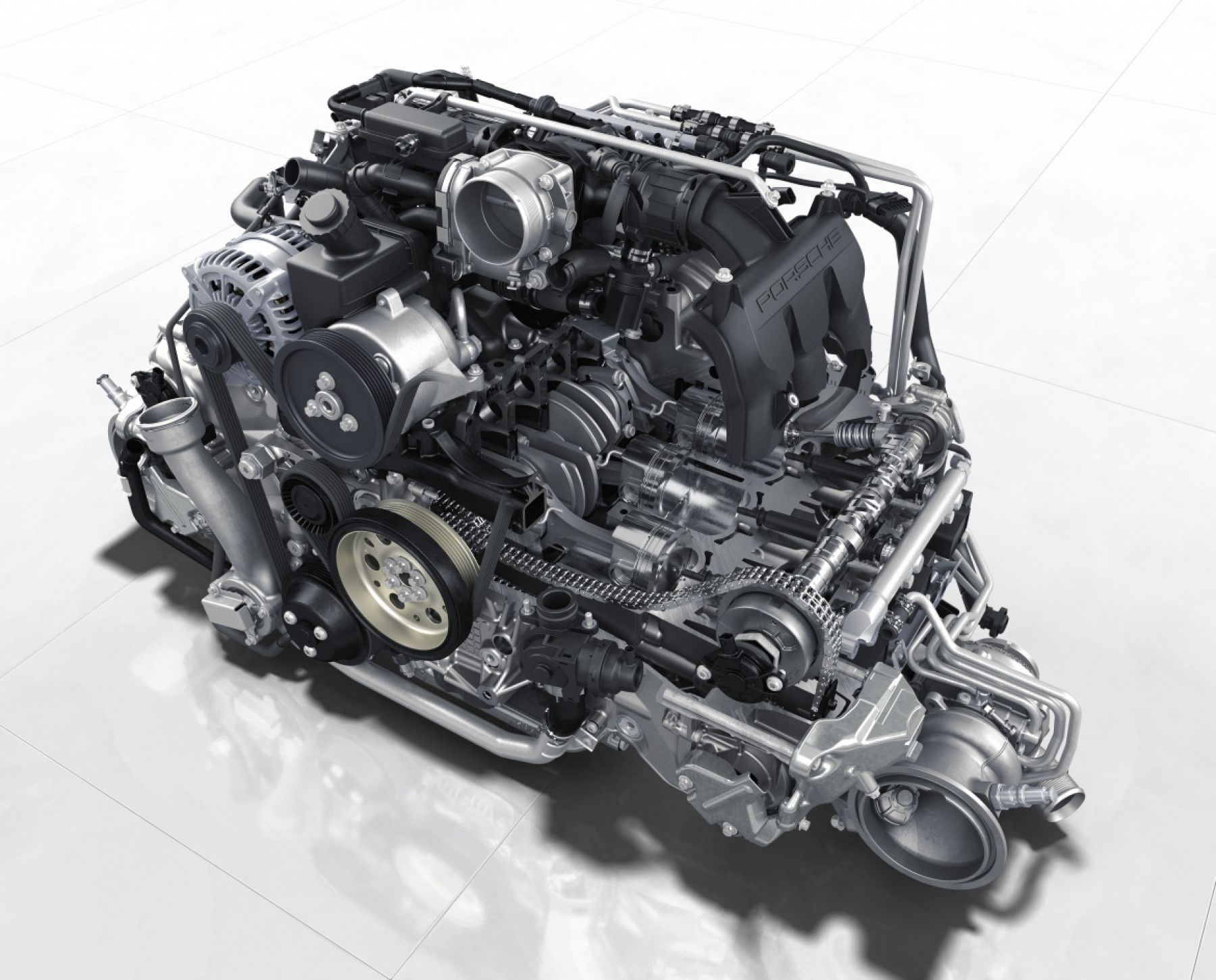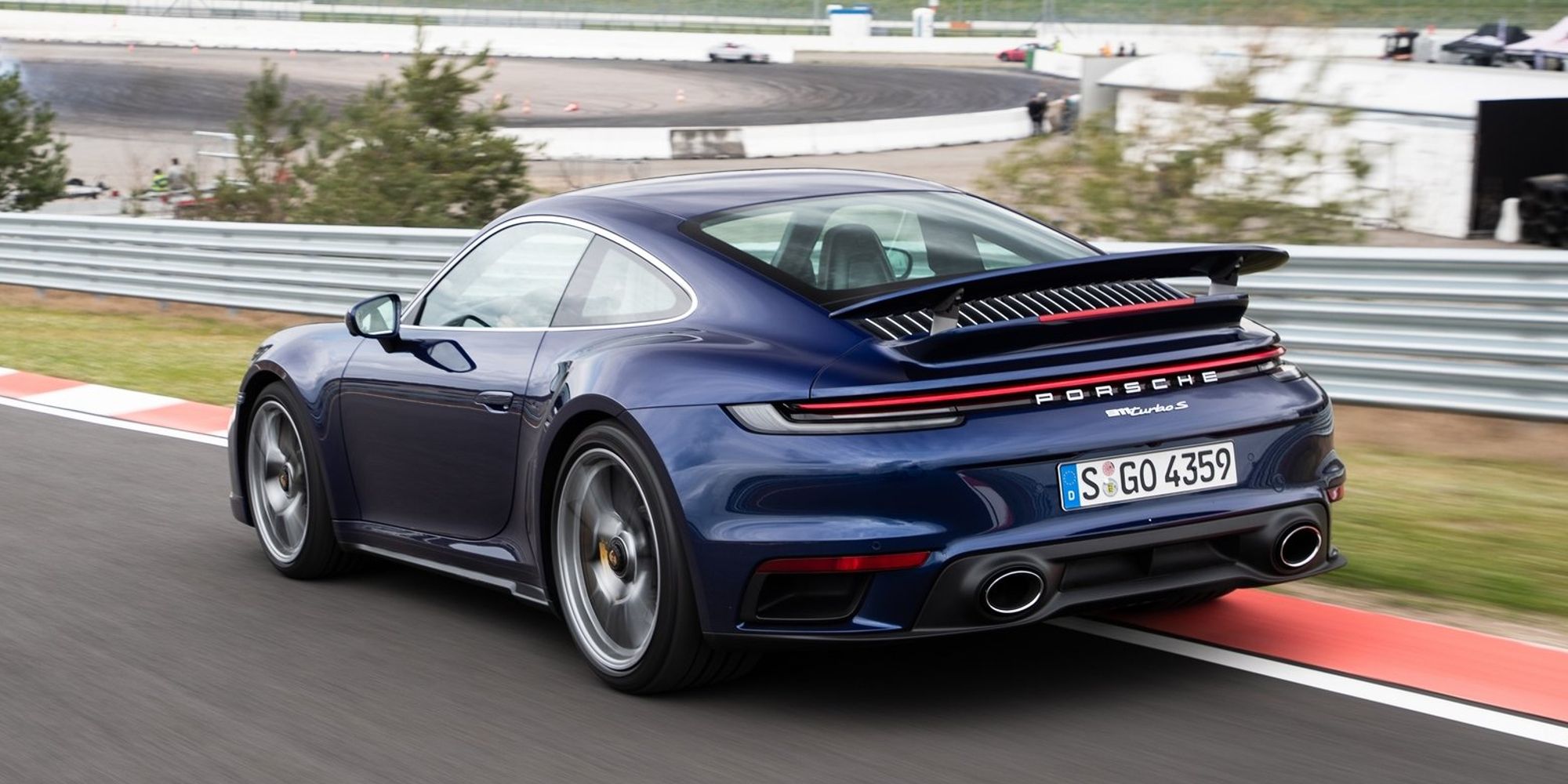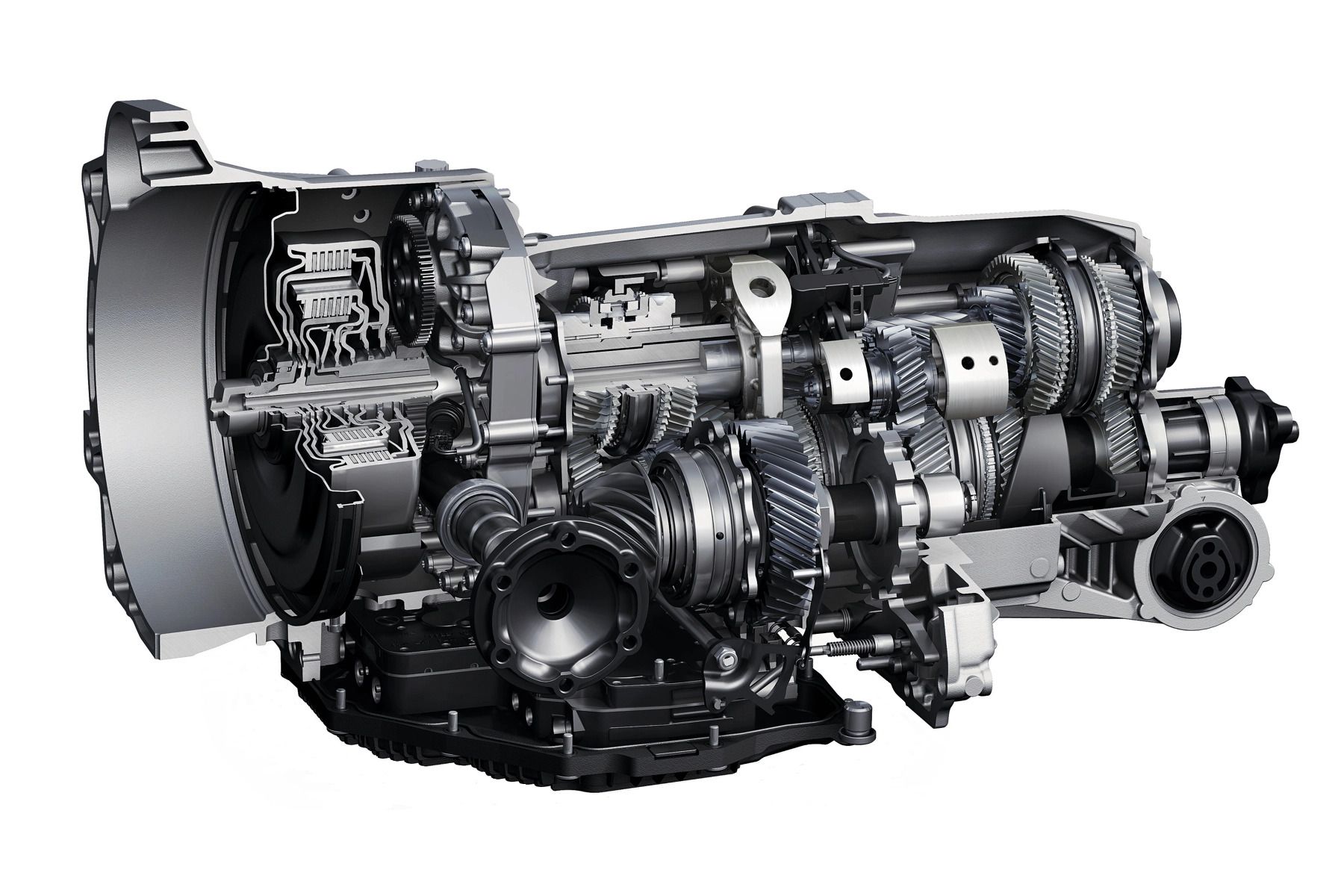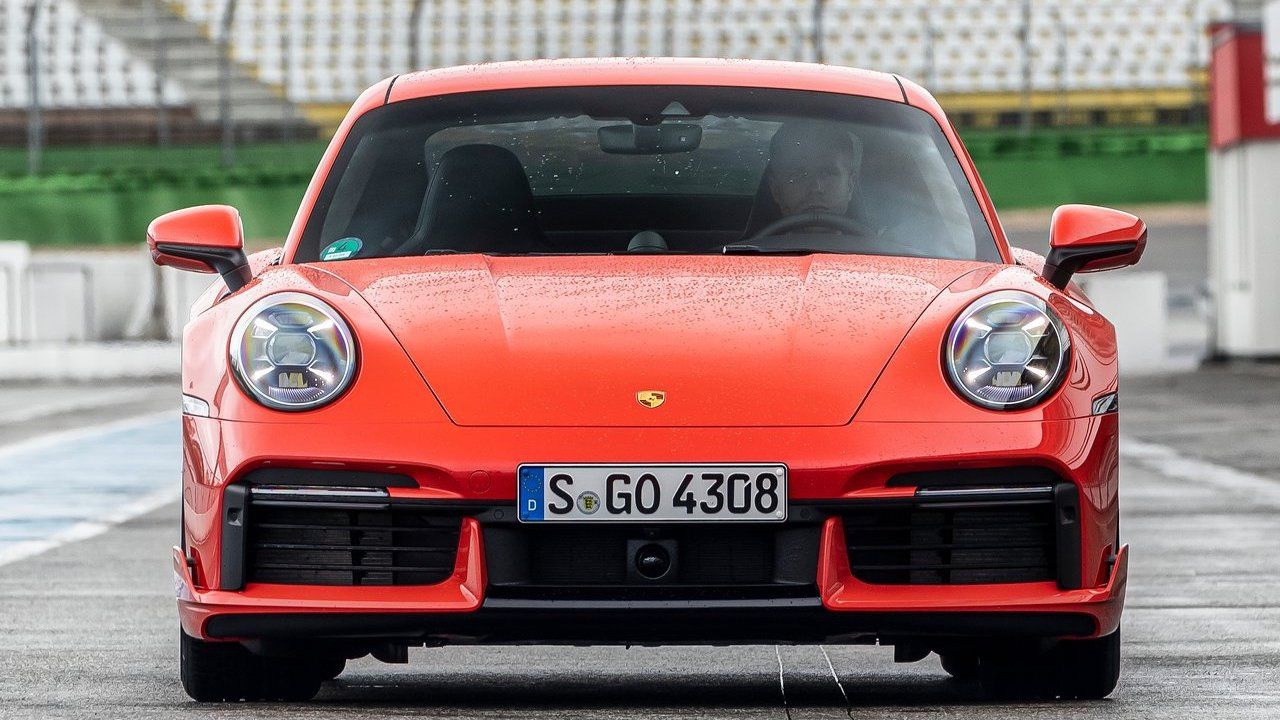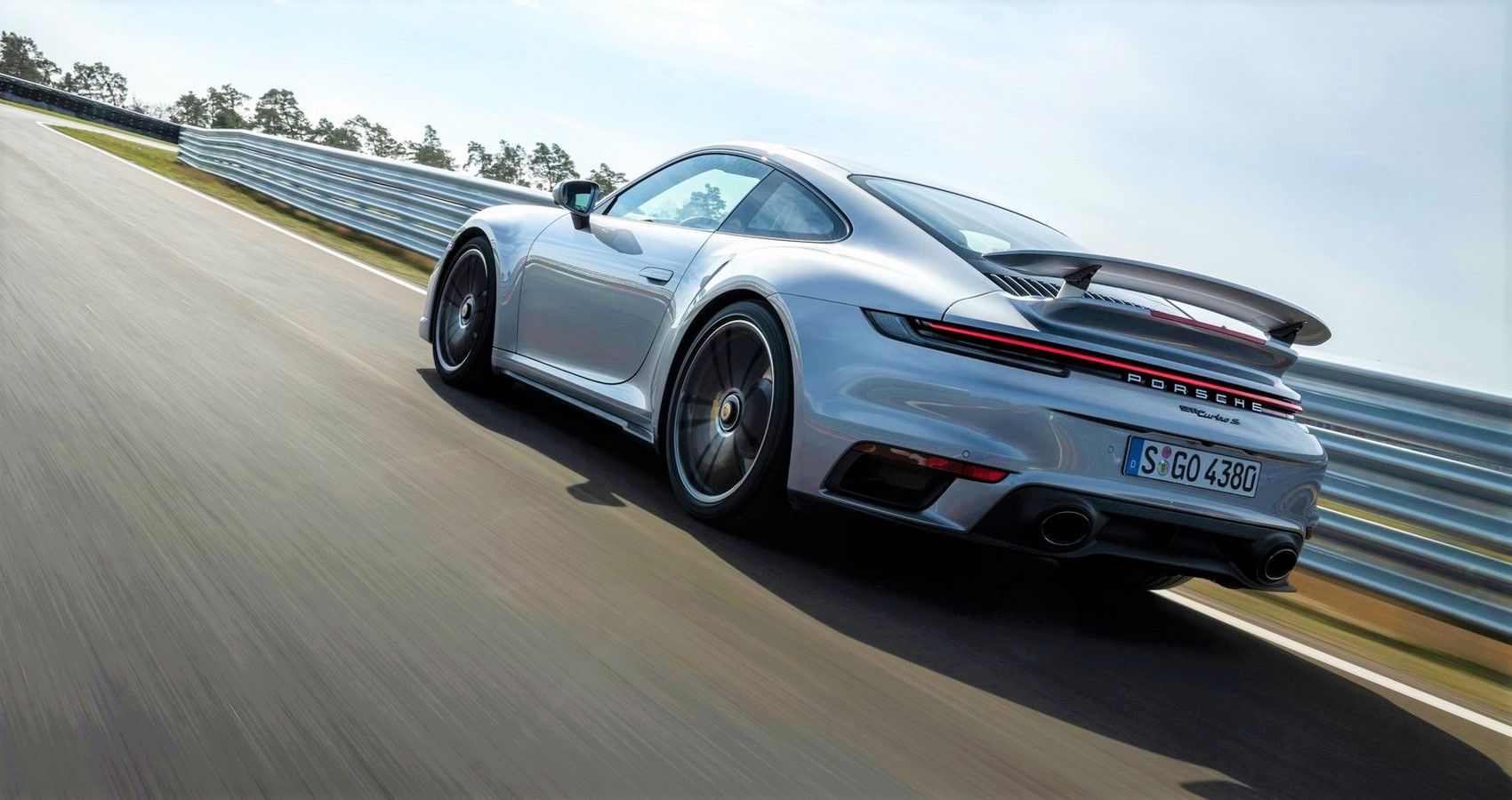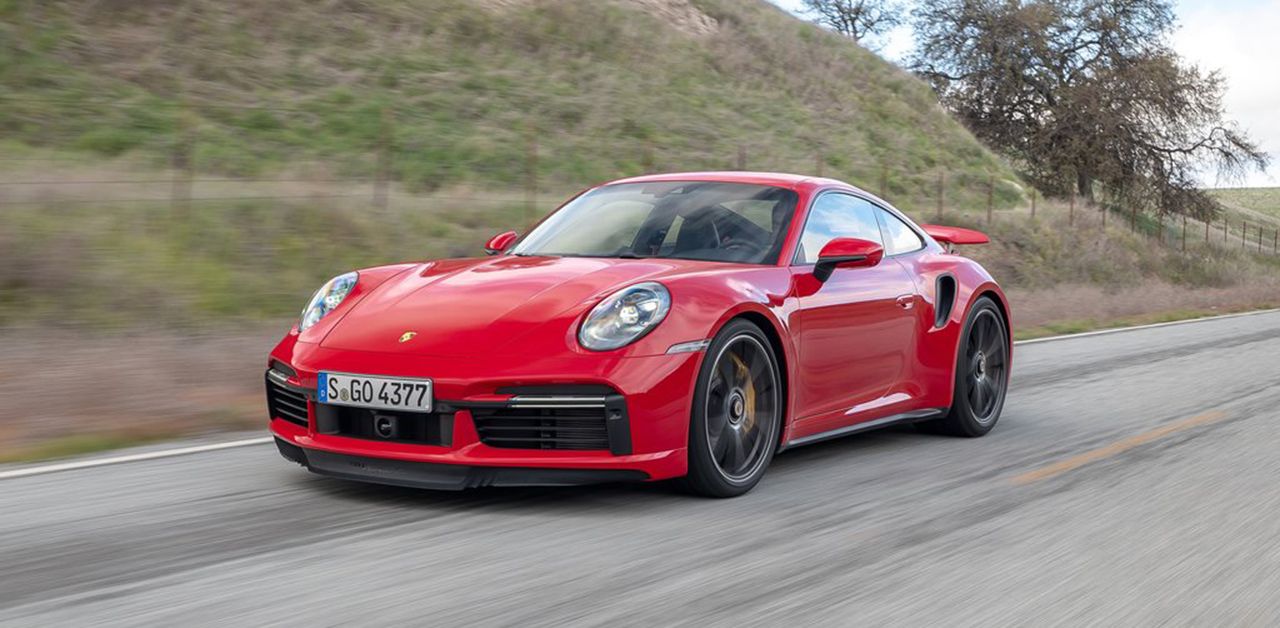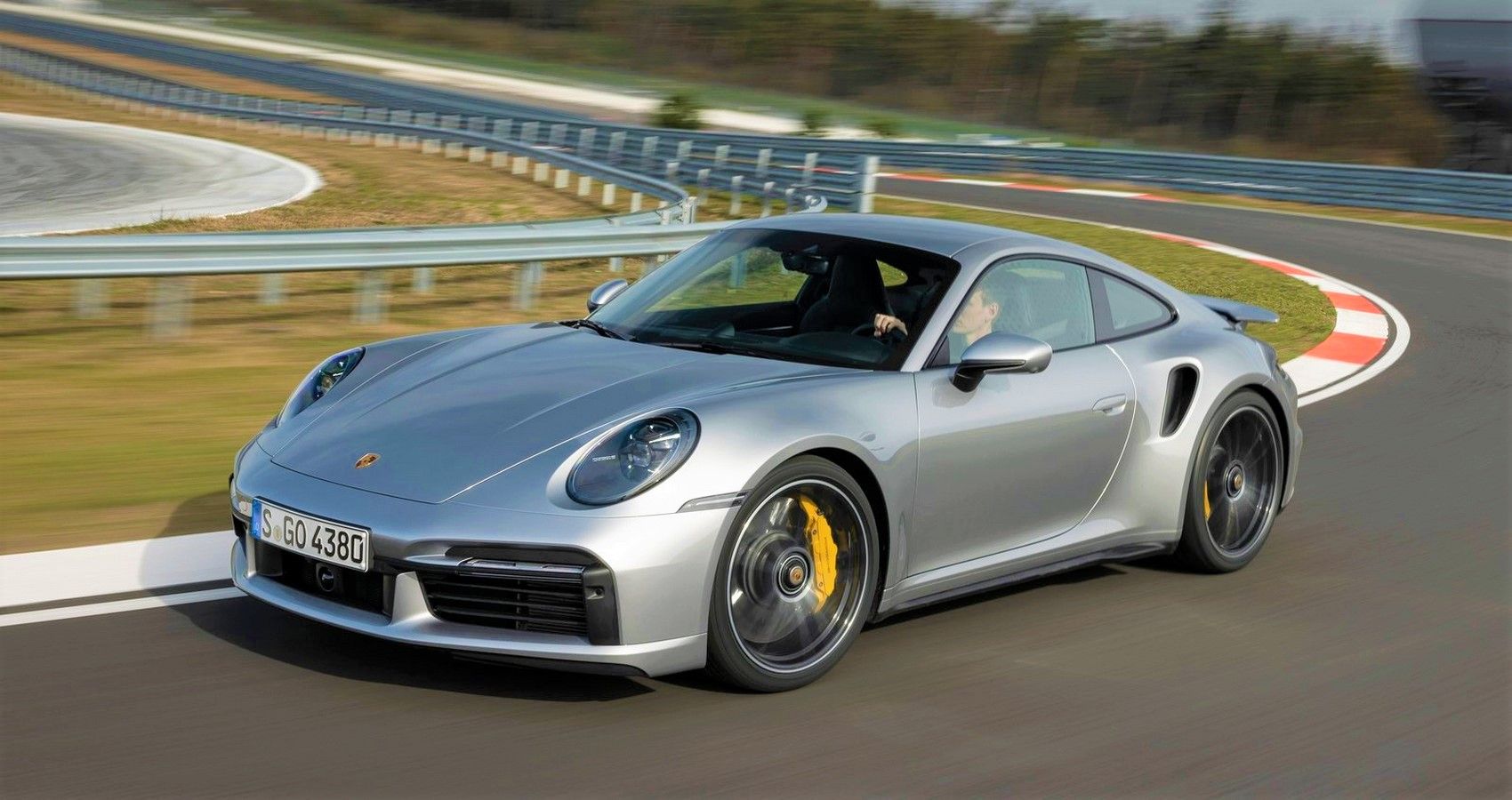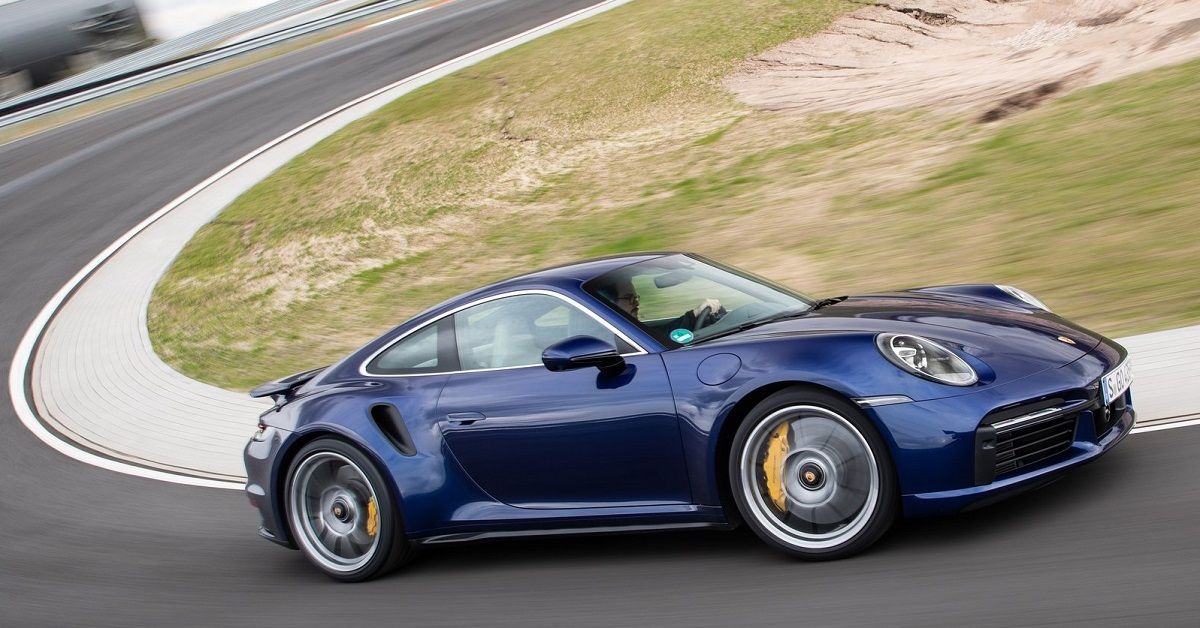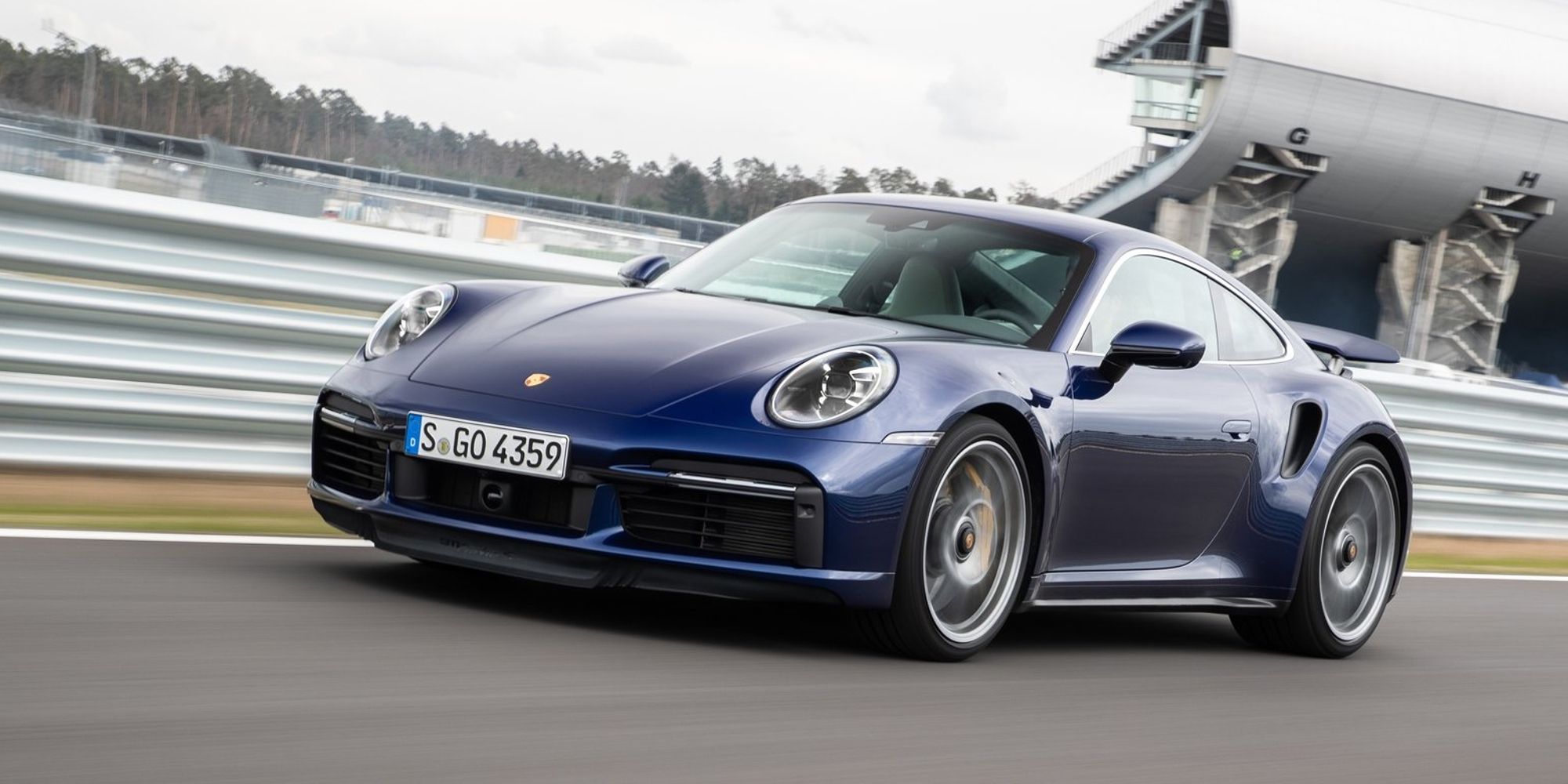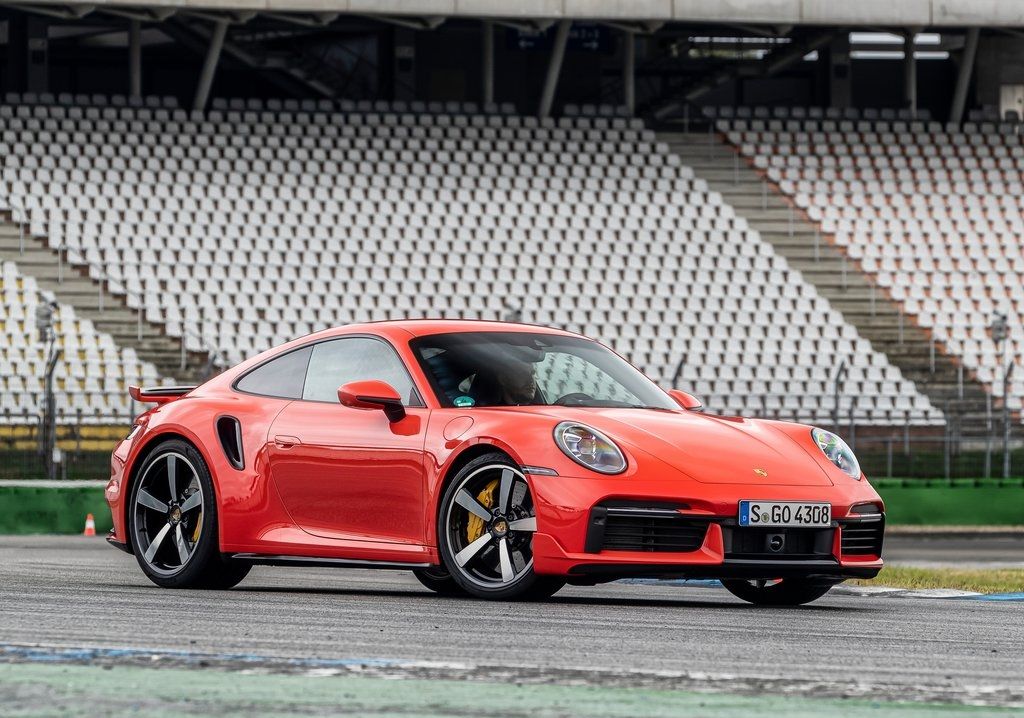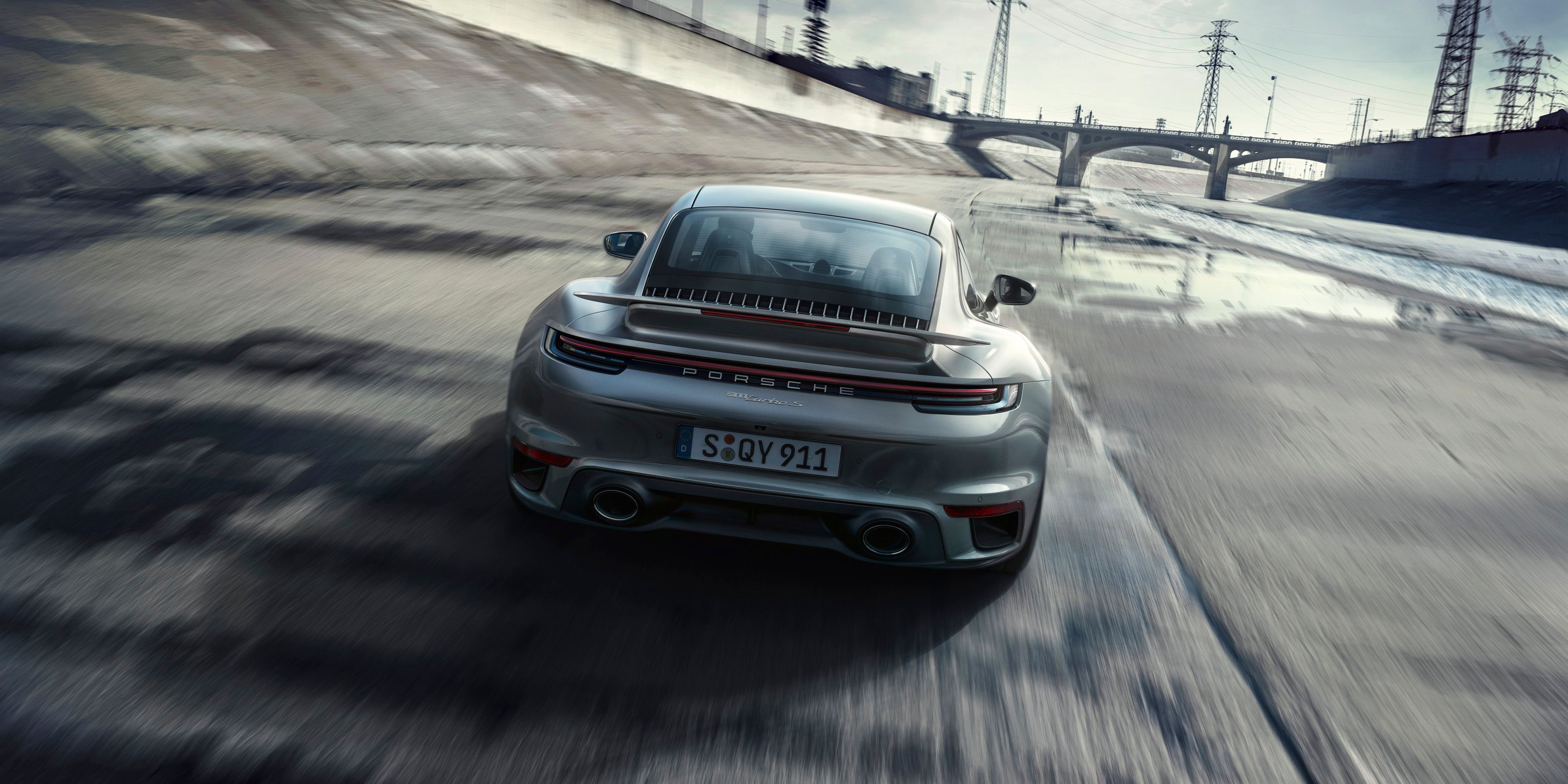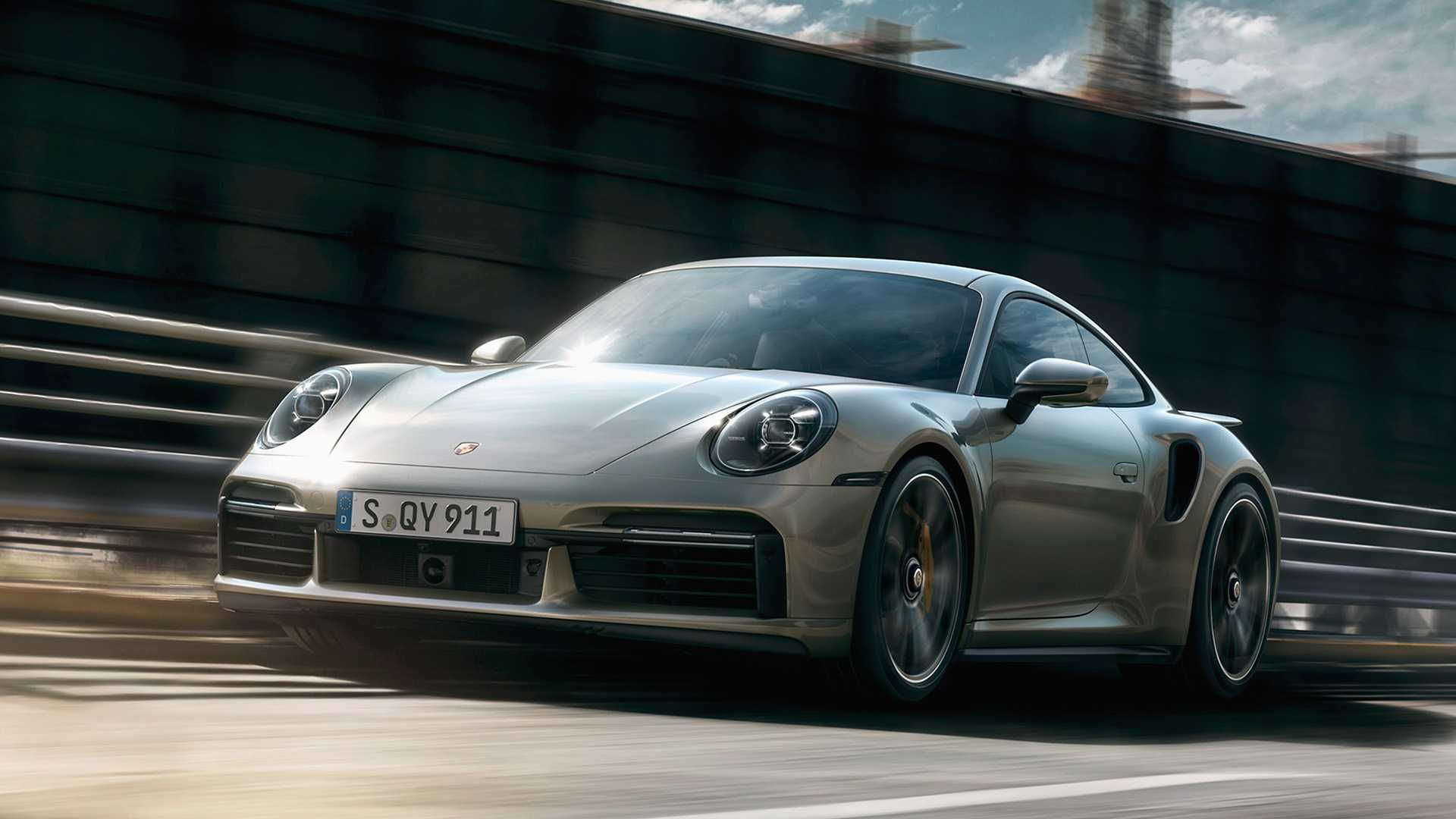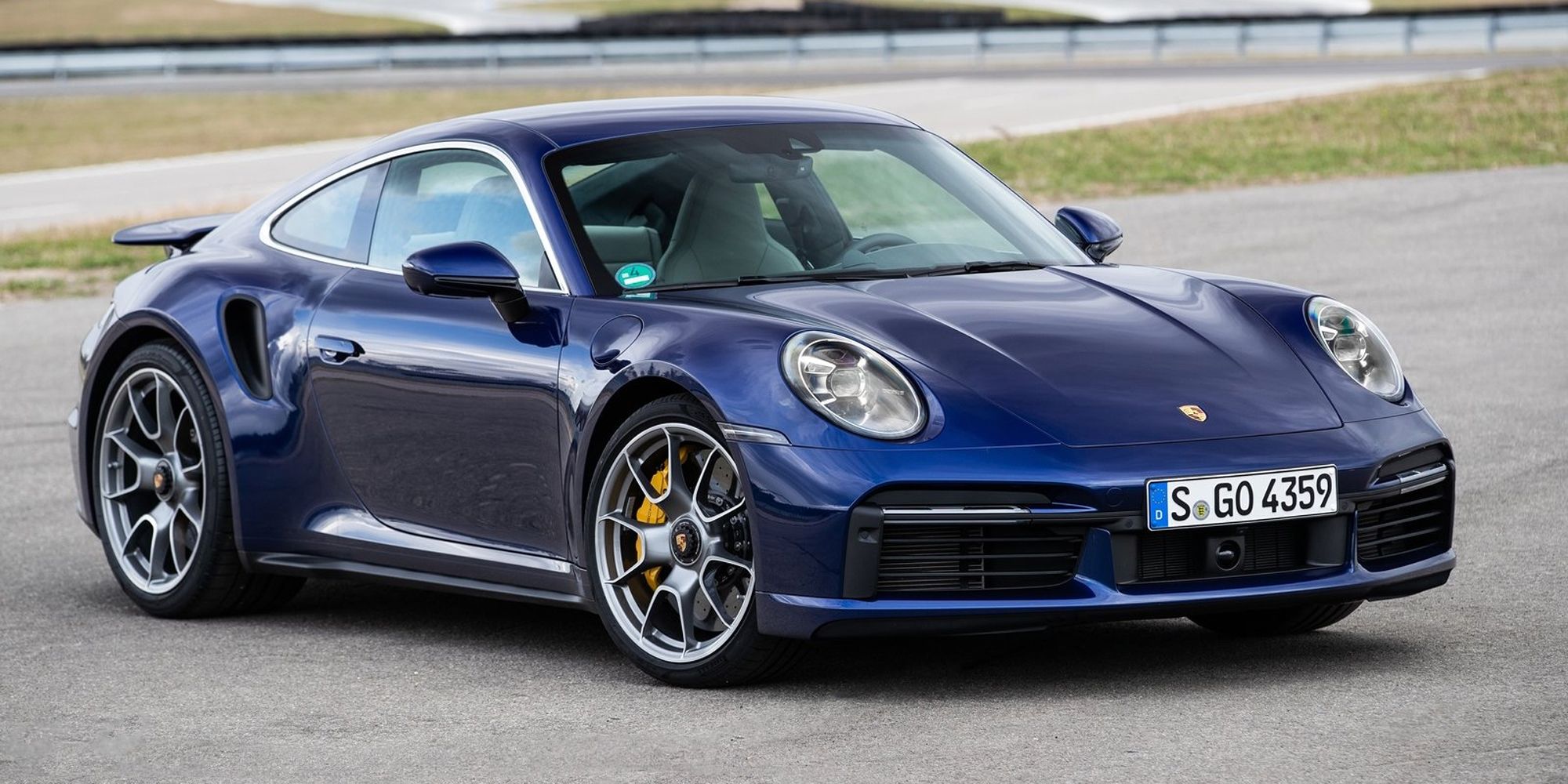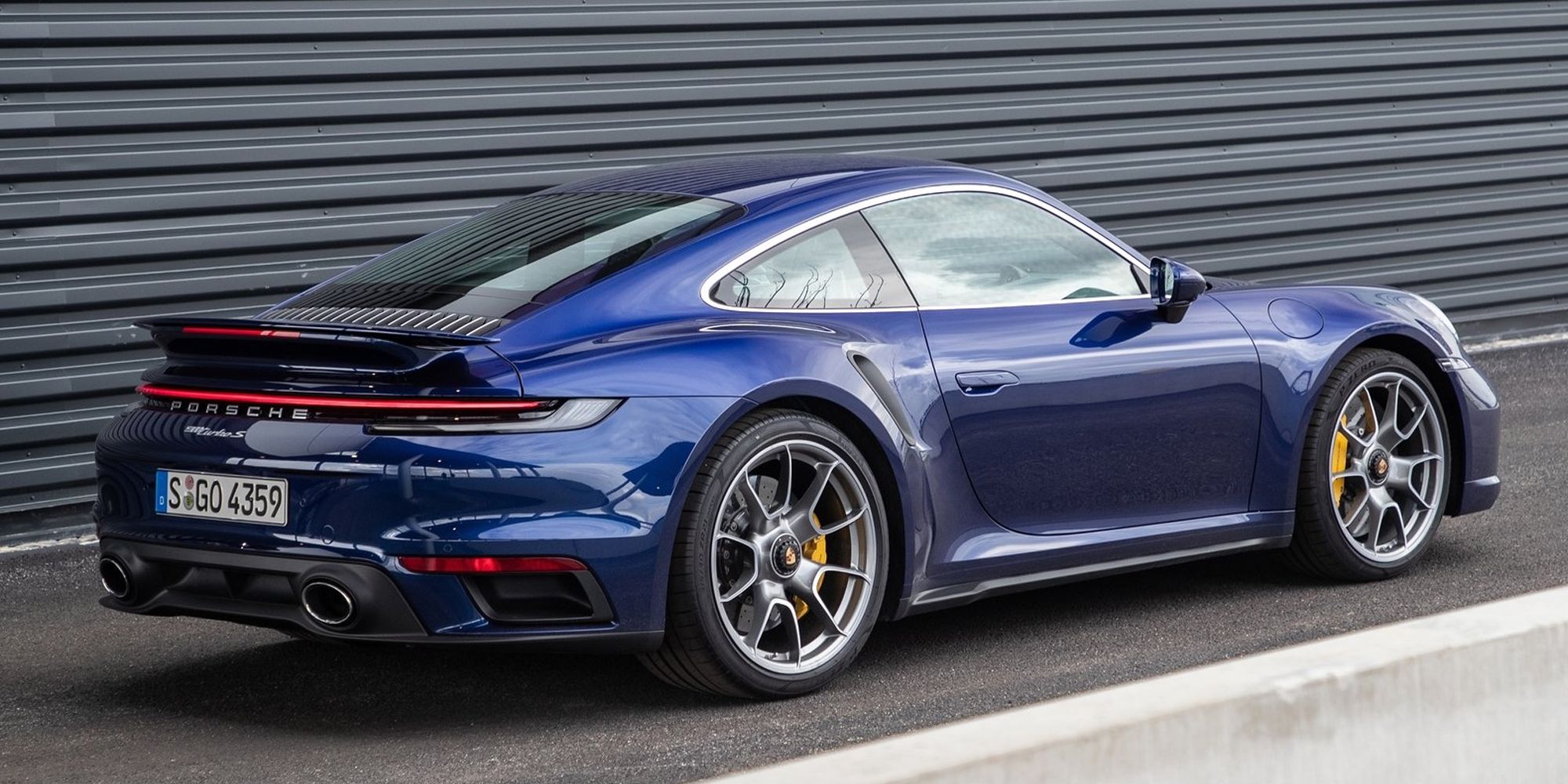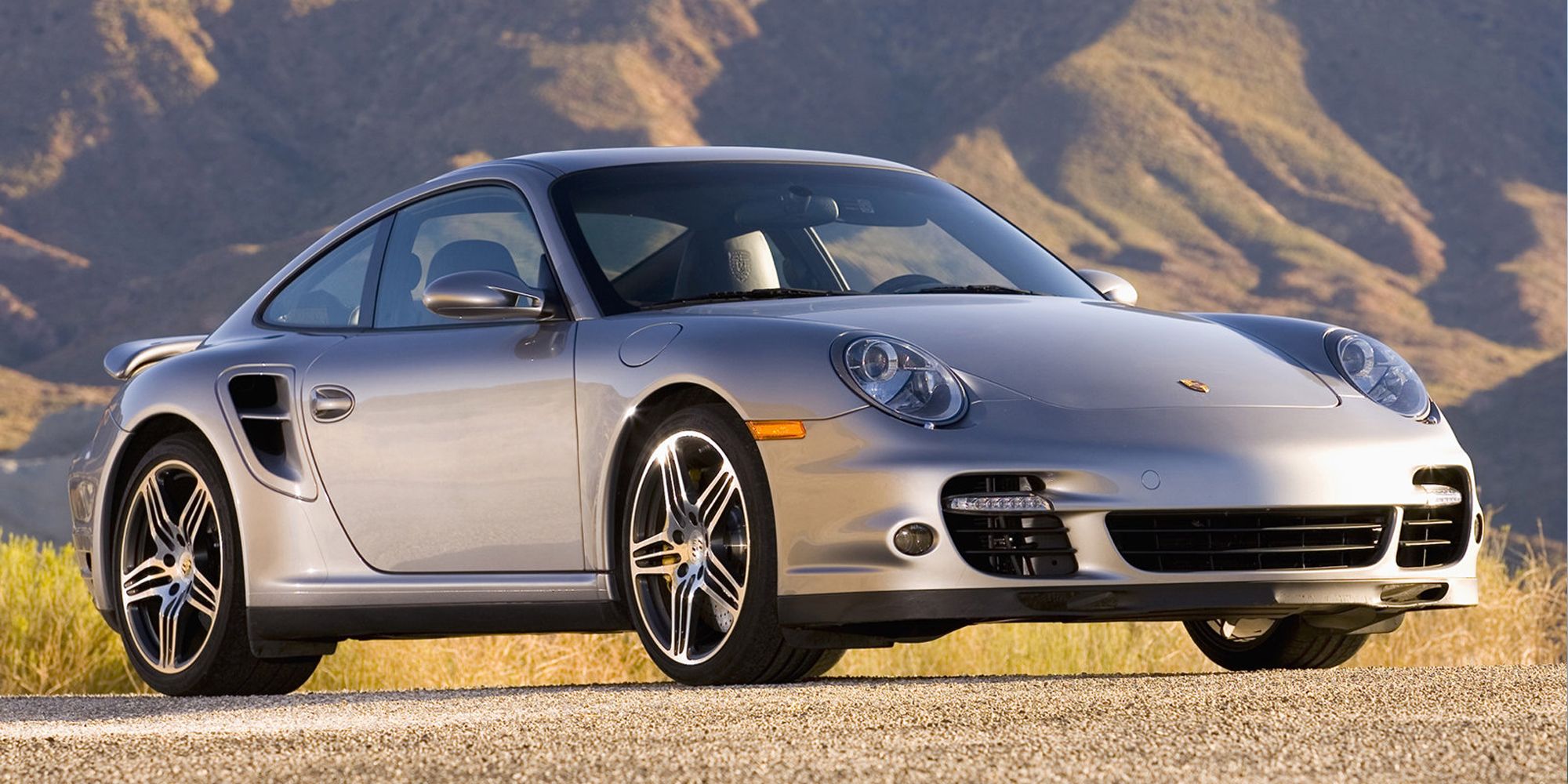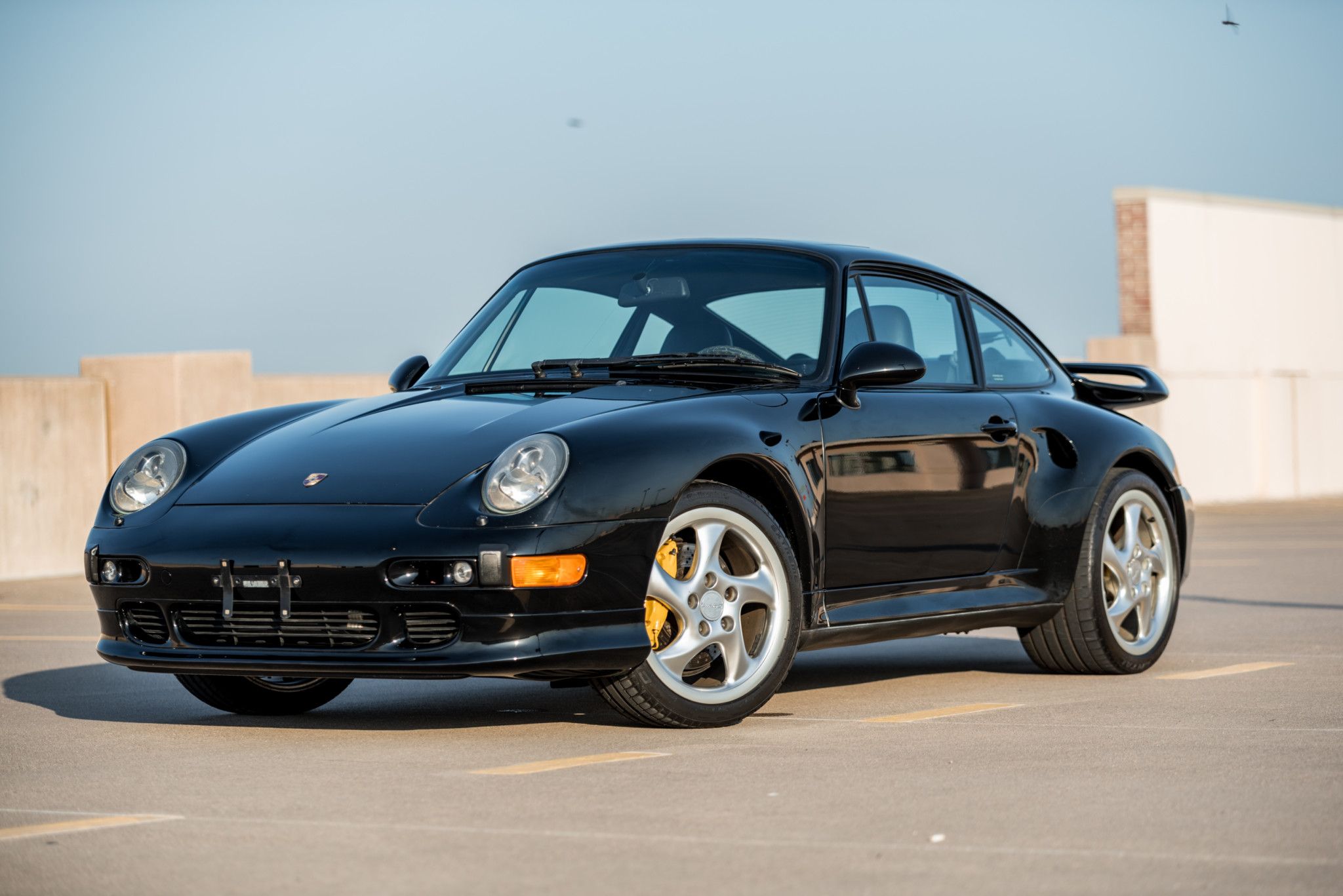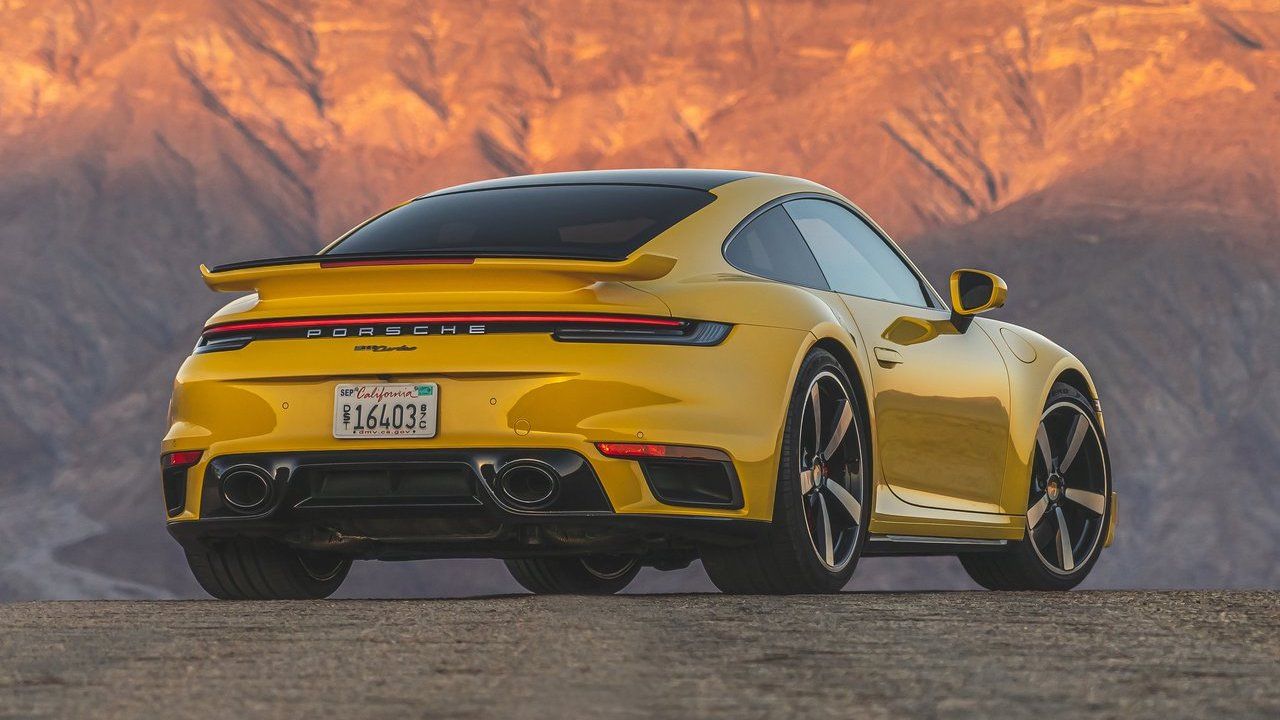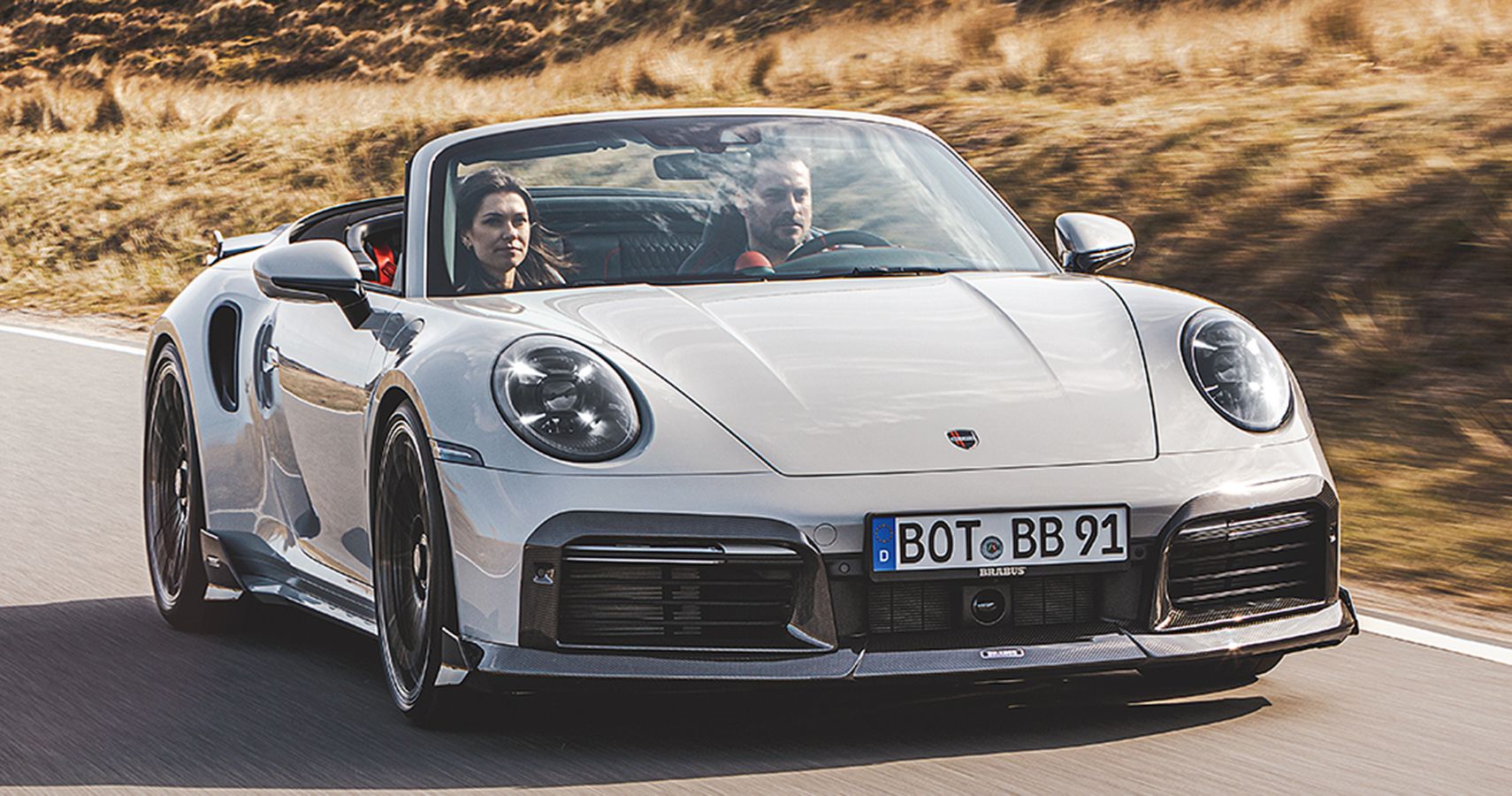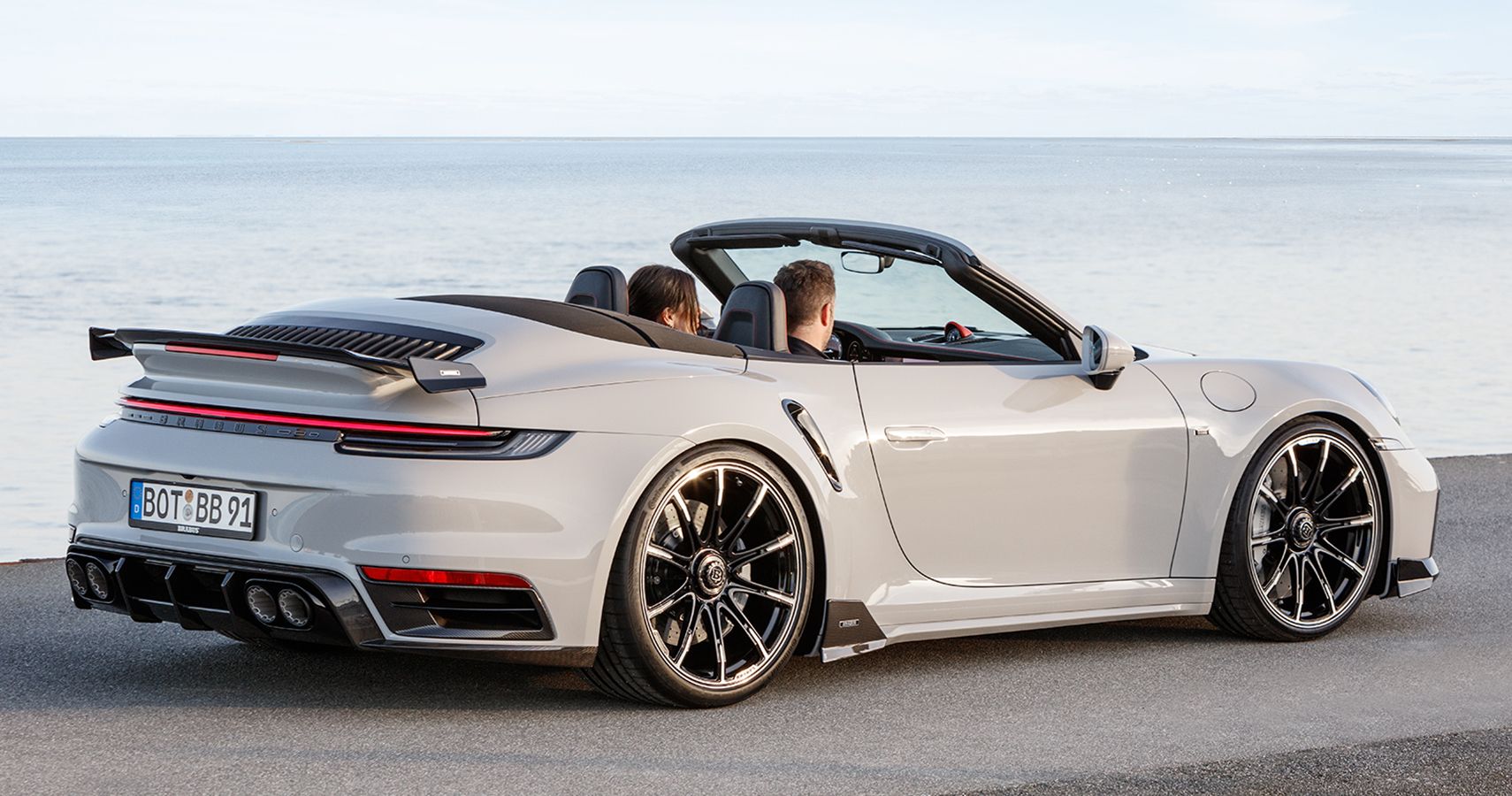Porsche is a world-renowned luxury carmaker whose focus lies in sports cars, as well as fun, family-friendly vehicles. Their top sellers include the Porsche Boxster, the Porsche Cayenne, and of course, the legendary Porsche 911.
There have been eight different generations of the Porsche 911 ranging from the original 911 to today's 992. Throughout its lifespan thus far, the base model Porsche 911 has always set the bar for other luxury sports cars, and the top-tier versions of the 911, like the Porsche 911 GT3 RS, gives uber-expensive supercars a run for their money.
That said, we'll be having a look at the all-wheel-drive Porsche 911 Turbo today (that includes the Turbo S as well), break down why its price tag is justified, and why you need to add this one to your bucket list.
10 The Porsche 911 Turbo Has One Of The Best-Built Engines Ever
Back in the day, all Porsche 911s featured rear-mounted naturally-aspirated flat-six motors, but that all changed when the 930 Turbo came to fruition. The 930 added forced induction into the engine bay, and from there on out, all 911s came with an optional turbocharged engine, but certain models maintained a normally-aspirated powertrain. That brings us to today.
The 992 Porsche 911 Turbo features a rear-mounted 3.7-liter twin-turbocharged flat-six engine that churns out 572 hp and 553 lb-ft of torque. The Turbo S on the other hand comes with the same engine, its power is just amplified to 640 hp and 590 hp.
9 The Smooth Transmission Of The Porsche 911 Turbo
Whilst cars like the base model 911 Carrera and 911 GT3 have an optional manual transmission, the 911 Turbo is solemnly offered with an 8-speed automatic PDK transmission. The PDK is Porsche's take on a dual-clutch transmission, and we're happy to report that it certainly lives up to expectations.
Not only is it lightning-fast, but it's also buttery smooth when it comes down to city driving. The fact of the matter still stands, there's no stickshift option in the 911 Turbo. Sorry, Porsche purists.
8 The Porsche 911 Turbo Is A High-Speed Luxury Cruiser
Cars like the Lexus LC 500 are purposefully-built touring sports cars. They offer a serene driving experience and a comfortable ride at the slight expense of performance – the Porsche 911 Turbo has no compromises, though.
The Porsche 911 Turbo might offer its passengers an immersive sense of comfort thanks to Porsche's Dynamic Chassis Control, but that comes accompanied by an insane amount of power too. As a result, the Turbo only tops out once it has reached 199 mph, and the Turbo S goes all the way to 205 mph.
7 The Impeccable Handling Of The Porsche 911 Turbo
We've already mentioned how Porsche's Dynamic Chassis Control offers an effortless ride, but switch the 992 Turbo into Sport Plus, and you're left with an entirely different beast. The steering is tighter and the suspension tenses up, therefore it takes corners exactly like you'd expect a meticulously crafted sports car to do.
The quickest a Porsche 911 Turbo S has ever gone around the Nurburgring was in 7:17.3 – approximately two seconds quicker than the Nissan R35 GT-R lapped the Green Hell.
6 The Porsche 911 Turbo's Aerodynamics
As you might have figured, the team at Stuttgart was extremely diligent when it came to developing the 992-generation 911. They fitted the 911 Turbo with a plethora of over-engineered aerodynamic components such as an active rear wing and front spoiler. Sure, these additions might add to the overall aesthetic appeal of the 911, but it serves a much more significant purpose too.
The 911 Turbo can alter its persona to suit either straight-line speed or high-speed cornering, depending on which is favorable in that instance of course. Porsche claims that the 992's downforce was increased by 15% over the previous 991 generation, and the maximum downforce a 992 Porsche 911 Turbo can produce is about 170 kg (375 lbs).
5 The Porsche 911 Turbo Is One Of The Quickest Accelerating Cars In The World
On paper, the Porsche 911 Turbo sounds like a very promising dragster: 572 hp, all-wheel-drive, and a curb weight of 3,635 lbs. Porsche reckons the 911 Turbo should reach 60 mph from a standstill in 2.7 seconds and the Turbo S should do the same in 2.6 seconds. However, we were pleasantly surprised by the real-world performance figures.
When put to the test, the 911 Turbo reaches 60 mph from a dig in the quoted 2.7 seconds, but the Turbo S is a whole other being. The 911 Turbo S manages to reach 60 mph from dead in just 2.2 seconds and surpass the quarter-mile in a mere 2.2 seconds. These are figures on par with electric powerhouses like the Tesla Cybertruck.
4 The Porsche 911 Turbo Is The Most Well-Balanced Modern Car
It's not often you get a car that can do damn near everything, and excel at it too, but the Porsche 911 Turbo isn't just any ordinary car. It combines the luxurious ride you'd expect from a sedated touring car, the acceleration of a supercar, and is more practical than your average sports car too.
Since the 911's engine is rear-mounted, there's no trunk, but there is adequate space in the front where the engine used to be. Oh, and who can forget, the 911 comes with four seats too, although you're only going to be able to fit in small children back there.
3 The Porsche 911 Turbo Has A Timeless Design
As we've stated in our introduction, there have been eight generations of the Porsche 911 thus far, and they don't all follow the same guidelines in terms of engineering, but their exteriors have never been drastically redesigned. We mean, if it ain't broke, why fix it?
On the one hand, some might see this as a drawback, since all 911s basically look the same. But to those who ponder in their thoughts, they'll realize that this means your 911 will never look outdated, therefore making it a solid future investment... speaking of
2 The Porsche 911 Turbo Is A Long-Term Investment
We all know the pain of seeing someone buy a new car, only for it to be worth pennies on the dime in a few years. This rule usually applies to all cars, but sometimes there are exceptions, and the 911 Turbo is exactly one of those.
For a point of reference, we'll be looking at a 2014 model year 991 Turbo S which sold for $101,000 on Bring a Trailer just 2 months ago. On average, a new vehicle loses 40% of its value over the first 5 years, keep this in mind. When new, one of these 911s would have set you back about $180,000, 8 years later, this 911 held 55% of its original value, despite having 73,000 miles on the clock.
1 The Porsche 911 Turbo's Aftermarket Upgrades
There is a surfeit of third parties who specialize in upgrading stock Porsche 911s, but for this entry's sake, we'll only be looking at the Brabus-tuned Porsche 911. They call it the Brabus 820, and it's essentially an overpowered, slightly restyled, topless 911 Turbo S.
The Brabus 820 still encompasses the same 3.7-liter turbocharged flat-six that the 911 Turbo S sports, only now, it's tuned to produce 820 hp and 701 lb-ft of torque. As a result, the Brabus 820 should be able to do 0-60 mph in 2.5 seconds, but also run until its speedometer reads 211 mph.

